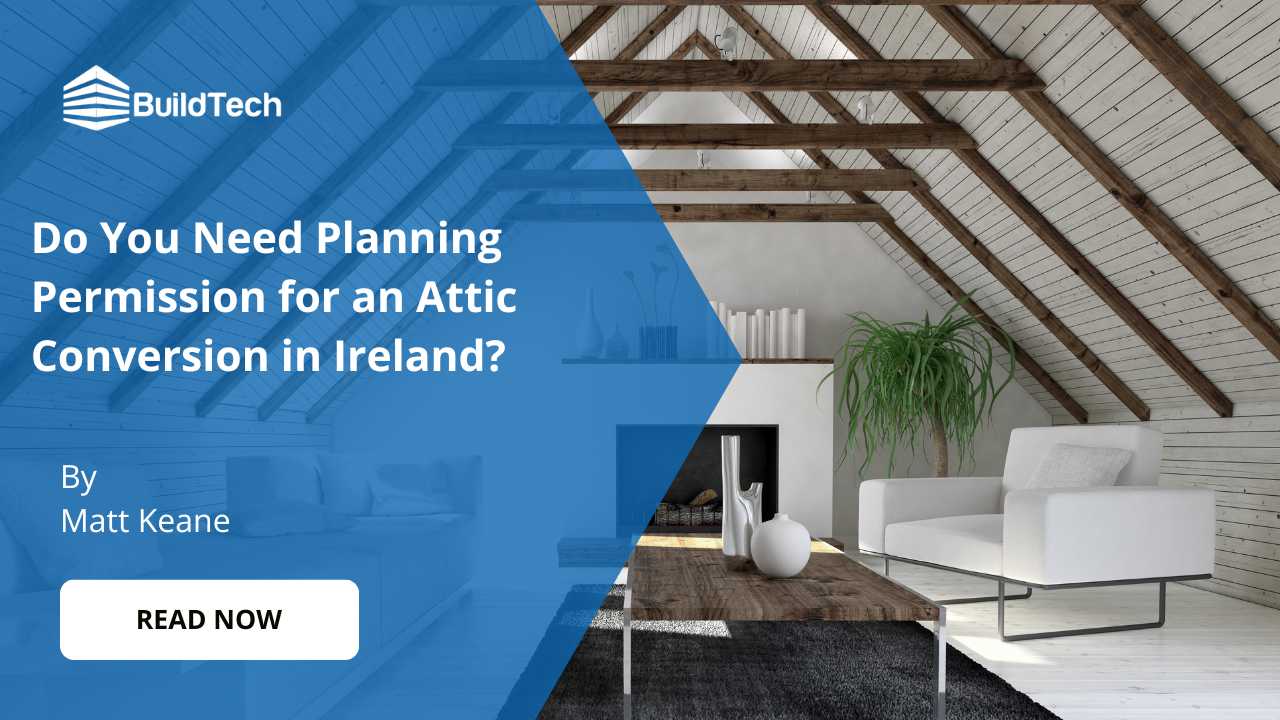Are you searching for a way to enhance your old home’s energy efficiency and overall comfort? The installation of a heat pump could be your ideal solution. This comprehensive guide will explain what heat pumps are, how they operate, the types suitable for old homes, their benefits and challenges, and how to select the best one for your needs. By the end, you will gain an in-depth understanding of heat pumps for old homes and how they can reduce your carbon footprint and save you money.
What are Heat Pumps?
A heat pump is a device that uses electricity to transfer heat from one location to another. Rather than burning fuel to generate heat like conventional heating systems, a heat pump moves existing heat from a low-temperature source (like air, ground, or water) to a high-temperature destination (your home). As such, using the same system, a heat pump can provide both heatings during winter and cooling in summer.
How Do Heat Pumps Work?
A heat pump consists of four main components: a compressor, a condenser, an expansion valve, and an evaporator. These form a closed loop through which a refrigerant circulates. This refrigerant is a unique fluid that can alternate between liquid and gas states, absorbing heat from the source and releasing it to the destination via phase changes.
Here’s a simplified explanation of a heat pump’s operation:
Heating Mode
- The refrigerant enters the evaporator as a cold liquid, absorbing heat from a low-temperature source (e.g., outside air). This causes the refrigerant to evaporate and become a warm gas.
- This warm gas then travels to the compressor, which is pressurised and heated further.
- The hot gas enters the condenser, transferring its heat to the high-temperature destination (e.g., your home). This causes the refrigerant to condense and become a hot liquid.
- The hot liquid passes through the expansion valve, is depressurised, and cools down. The cycle then repeats.
Cooling Mode
The process is reversed during the cooling mode. The refrigerant absorbs heat from the high-temperature destination (like your home), making the interior cooler.
Types of Heat Pumps Suitable for Old Homes
There are three primary types of heat pumps: air-source, ground-source, and water-source. The suitability of each depends on your old home’s specific characteristics.
Air-source Heat Pumps
These heat pumps use outside air as the low-temperature source and destination. They’re common and affordable, making them ideal for old homes. They can be installed as split systems (outdoor and indoor units connected by pipes) or packaged systems (both units in one cabinet).
Pros
- Easy installation and maintenance
- Provide both heating and cooling
- Compatible with existing ductwork or radiators
- Can reduce energy bills by up to 50%
Cons
- May not perform well in extreme weather conditions
- May require backup heating in severe weather
- Potential noise and aesthetic impact
- Lower efficiency than other types of heat pumps
Ground-source Heat Pumps
Also known as geothermal or earth-energy systems, these heat pumps use the ground or underground water as the low-temperature source and destination. They require drilling boreholes or laying pipes in your garden to access the earth’s stable temperature.
Pros
- Higher efficiency than air-source heat pumps
- Consistent heating and cooling all year round
- Can reduce energy bills by up to 70%
- Lower noise and visual impact than air-source heat pumps
Cons
- More expensive and complex installation
- May require planning permission and environmental assessment
- Not suitable for small or rocky sites
- Higher maintenance costs than air-source heat pumps
Water-source Heat Pumps
These heat pumps use a nearby water source (like a lake, river, pond, or well) as the low-temperature source and destination. They’re similar to ground-source heat pumps but utilise water instead of earth.
Pros
- Higher efficiency than air-source heat pumps
- Consistent heating and cooling all year round
- Can reduce energy bills by up to 70%
- Lower noise and visual impact than air-source heat pumps
Cons
- More expensive and complex installation
- May require planning permission and environmental assessment
- Not always available or accessible
- Higher maintenance costs than air-source heat pumps
The Advantages of Heat Pump Installation in Old Homes
Introducing a heat pump into an older home can bring about an array of advantageous changes, ushering in a new era of sustainability and efficiency. Here’s a list of benefits you can expect:
- Elevated Energy Efficiency and Eco-Friendliness: Heat pumps don’t generate heat but transfer it, making them highly energy-efficient systems. They rely on renewable heat sources, substantially reducing your home’s carbon footprint.
- Significant Cost Savings: With a heat pump, you can expect substantial savings on your heating and cooling expenses. The operational cost is lower than conventional heating and cooling systems, as heat pumps deliver more energy than they consume.
- Enhanced Indoor Comfort: A heat pump can create a comfortable and consistent indoor climate throughout the year, providing winter heating and summer cooling. They also improve indoor air quality by reducing humidity levels.
- Increased Property Value: Equipping your old home with a modern, energy-efficient heat pump can increase its value, making it more attractive to potential buyers or renters.
- Potential for Government Grants: Depending on your local government’s energy-saving initiatives, you might be eligible for grants or incentives when installing a heat pump.
The Challenges of Heat Pump Installation in Old Homes
While the benefits are compelling, retrofitting an old home with a heat pump is not without its challenges. Here are some potential hurdles you might encounter:
- Choosing the Right Heat Pump: Selecting the appropriate type and size of heat pump for your home’s specifics is critical to ensuring efficient operation. The wrong choice can lead to poor performance and higher operating costs.
- Infrastructure Compatibility: Older homes may need modifications or upgrades to insulation, ventilation, windows, doors, and existing HVAC systems to accommodate a heat pump effectively. These upgrades can add to the upfront cost.
- Regulatory Compliance: Depending on your local regulations, you may need to obtain planning permissions or building regulations approval, which can be time-consuming.
- Qualified Installation: Installing a heat pump requires skilled and experienced professionals. Hiring competent contractors with experience with heat pump systems in older homes is crucial.
- Potential Disruptions: The installation process may cause some disruptions to your home and routine. Although temporary, it’s something to plan for.
How to Select the Optimum Heat Pump for Your Antique Residence?
Choosing a heat pump for your vintage home hinges on several key factors. Here’s what you should consider:
- Local Climate: Evaluate your local weather conditions, how often you need heating and cooling, and whether any regulations or incentives favour specific renewable energy systems.
- Site Feasibility: Assess the space available for the heat pump system installation. Consider whether you can access a suitable renewable heat source, such as air, ground, or water.
- Budgetary Constraints: Consider the total cost of ownership of the heat pump, including initial purchase price, operational expenses, maintenance cost, expected lifespan, payback period, and potential return on investment. Don’t forget to include potential financial benefits from local grants or incentives.
- Personal Preferences: Factor in other considerations such as noise levels, aesthetics, environmental impacts, reliability, and performance. These elements can significantly affect your satisfaction with the system.
To make an informed decision, it is wise to seek professional advice. Experts can guide you to the best options for your home, considering all the above factors.
Why Entrust Your Heat Pump Installation to BuildTech?
BuildTech stands as an exemplar in the sustainable construction domain, offering a comprehensive suite of services related to renewable energy systems. Here’s why we’re the ideal choice for your heat pump installation:
BuildTech has pioneered sustainable construction solutions in Ireland, working on many residential and commercial projects for over two decades. Our commitment to innovative design and build services ensure we exceed our client’s needs and expectations.
Our suite of renewable energy services includes:
- Heat Pump Installation: We expertly install air-source, ground-source, and water-source systems, tailored to your home’s unique requirements.
- Heat Pump Maintenance: Regular maintenance services guarantee your system’s efficient and safe operation.
- Heat Pump Repair: We address issues your system might encounter, ensuring quick and professional resolution.
- Heat Pump Upgrade: We can enhance your existing system with cutting-edge components, increasing its performance or adding new features.
Our experienced team of engineers, designers, installers, and technicians are adept at retrofitting older homes with modern heat pump systems. We work with trusted suppliers of the highest quality materials and equipment, adhering to all relevant regulations.
We offer competitive pricing, flexible payment options, consultation, quotes, and site surveys. Additionally, we provide post-installation support and comprehensive warranties for our work.
Embark on Your Energy-Efficient Journey Today
Don’t let the charm of your old home weigh heavy on your energy consumption and environmental impact. With BuildTech, you can retrofit your home with efficient heat pumps for old homes and pave the way for a sustainable future. We specialise in transforming vintage homes into energy-efficient sanctuaries without compromising their unique character. Make the decision today to reduce your energy bills and carbon footprint. Call BuildTech now to get a quote. Choose us, and step into a greener, more comfortable tomorrow.


















